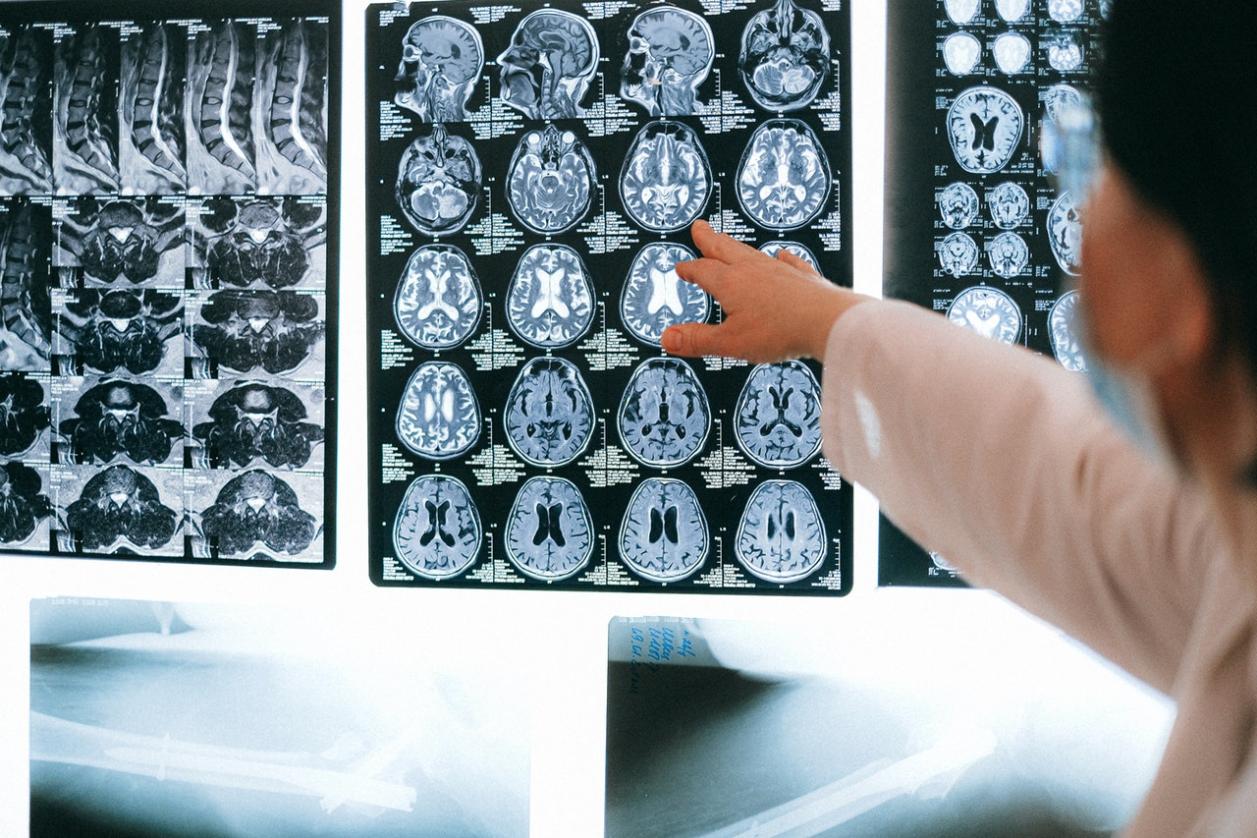What are the Long-Term Benefits of Incorporating Neuroscience into Educational Practices?
Introduction

Neuroscience is the scientific study of the nervous system. It is a multidisciplinary field that draws on a variety of disciplines, including anatomy, physiology, psychology, and molecular biology. Educational practices are the methods and techniques used to teach students. These practices can include anything from lectures and discussions to hands-on activities and field trips.
The purpose of this article is to explore the long-term benefits of incorporating neuroscience into educational practices.
Benefits Of Incorporating Neuroscience Into Educational Practices
There are a number of long-term benefits to incorporating neuroscience into educational practices. These benefits include:
Enhanced Understanding Of Learning Processes
- Neuroscience helps educators understand how the brain learns. This knowledge can be used to design more effective teaching methods.
- For example, neuroscience research has shown that the brain learns best when information is presented in a variety of ways, such as through lectures, discussions, and hands-on activities.
Improved Memory And Retention
- Neuroscience research has shown that certain teaching methods can improve memory and retention.
- These methods include spaced repetition, interleaving, and elaborative encoding.
- Spaced repetition is a technique in which information is presented to students at increasing intervals. This helps to strengthen the memory trace for the information.
- Interleaving is a technique in which different types of information are presented to students in a mixed order. This helps to improve the ability to transfer knowledge to new situations.
- Elaborative encoding is a technique in which students are encouraged to make connections between new information and information that they already know. This helps to make the new information more meaningful and easier to remember.
Increased Motivation And Engagement
- Neuroscience has shown that certain teaching methods can increase motivation and engagement.
- These methods include active learning, problem-based learning, and gamification.
- Active learning is a technique in which students are actively involved in the learning process. This can be done through activities such as discussions, debates, and role-playing.
- Problem-based learning is a technique in which students are presented with a problem and then asked to find a solution. This helps to develop critical thinking and problem-solving skills.
- Gamification is a technique in which game elements are used to make learning more engaging. This can include things like points, badges, and leaderboards.
Reduced Stress And Anxiety
- Neuroscience has shown that certain teaching methods can reduce stress and anxiety.
- These methods include mindfulness, yoga, and nature walks.
- Mindfulness is a technique in which students are taught to focus on the present moment. This can help to reduce stress and anxiety.
- Yoga is a mind-body practice that has been shown to reduce stress and anxiety.
- Nature walks can also help to reduce stress and anxiety by providing a sense of peace and tranquility.
Improved Social And Emotional Skills
- Neuroscience has shown that certain teaching methods can improve social and emotional skills.
- These methods include cooperative learning, role-playing, and service learning.
- Cooperative learning is a technique in which students work together in small groups to achieve a common goal. This helps to develop social and communication skills.
- Role-playing is a technique in which students act out different roles in a simulated situation. This helps to develop empathy and understanding of others.
- Service learning is a technique in which students engage in community service activities. This helps to develop a sense of social responsibility and compassion.
Challenges Of Incorporating Neuroscience Into Educational Practices

There are a number of challenges to incorporating neuroscience into educational practices. These challenges include:
Lack Of Teacher Training
- Many teachers are not trained in neuroscience.
- This can make it difficult for them to implement neuroscience-based teaching methods.
Limited Resources
- Schools often have limited resources for implementing neuroscience-based teaching methods.
- This can include a lack of funding, equipment, and space.
Resistance To Change
- Some teachers may be resistant to change and may not be willing to adopt neuroscience-based teaching methods.
- This can be due to a lack of understanding of neuroscience or a fear of change.
Incorporating neuroscience into educational practices has a number of long-term benefits. These benefits include an enhanced understanding of learning processes, improved memory and retention, increased motivation and engagement, reduced stress and anxiety, and improved social and emotional skills.

There are a number of challenges to incorporating neuroscience into educational practices, but these challenges can be overcome with proper training, resources, and support.
More research is needed to investigate the long-term benefits of incorporating neuroscience into educational practices. This research will help to inform educators and policymakers about the best ways to use neuroscience to improve student learning.
YesNo

Leave a Reply